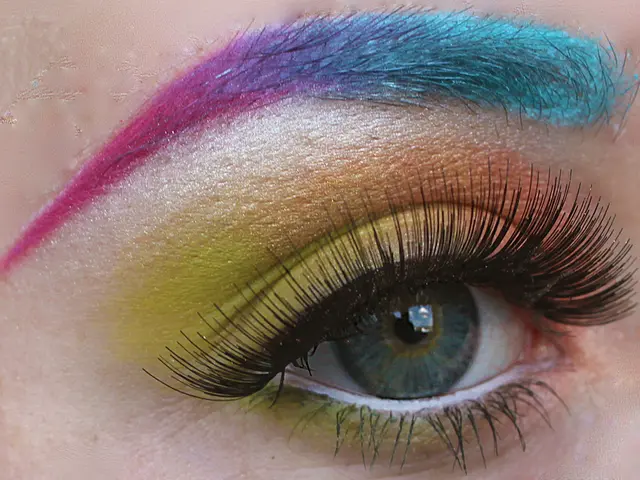Exploring Beef Tallow as a Moisturizer: A Dermatologist's View on the Controversial Skincare Trend
Don't you just want to have flawless, radiant skin? How about slathering cow fat all over your mug as your new skincare trend? Yeah, you heard it right! Beef tallow – a.k.a rendered cow fat – is the latest buzz in the skincare world. But, is it really beneficial for your skin, and how should you give it a try if you're game for it? Our team goes down the lowdown from dermatologists on whether this fatty trend is a yes or no.
What is Beef Tallow?
Simply put, beef tallow is rendered or clarified animal fat, originally from a cow, according to Dr. Anna Chacon, a Miami-based board-certified dermatologist. The process of rendering purifies the animal fat by eliminating moisture through evaporation, making it a shelf-stable product that inhibits the growth of bacteria. When warmed, tallow emulsifies, transforming into a smooth, wax-like texture. Tallow is packed with nutrients like fatty acids and vitamins, such as A, D, E, and K.
Why the Interest in Putting Cow Fat on our Faces?
You're probably thinking, "What on earth is wrong with putting cow fat on my face?" While it might sound bizarre, there may be some potential benefits due to tallow's ultra-hydrating lipids that easily penetrate the skin and create a strong defensive barrier. The fatty acids in tallow, like oleic acid, assist in retaining moisture and keeping skin hydrated. As mentioned, tallow also contains vitamins A and E which could potentially foster skin regeneration, diminish scarring, and soothe irritated skin.
Risks of Using Beef Tallow
Acne-prone or oily-skinned folks may face the biggest issues if they use this fat as a moisturizer, as tallow is a thick, animal fat-derived moisturizer that's highly comedogenic (meaning it can clog pores). Those with allergies to animal proteins, specifically beef, should also think twice before applying it. It's always a smart idea to perform a patch test on a small area of your skin before applying tallow, and consult your dermatologist if you have any questions or concerns. Lastly, tallow's meaty fragrance may not sit well with some.
Using Beef Tallow as Skincare
So, you're ready to give beef tallow a shot? When choosing a product, go for one from a clean, grass-fed source. For best results, warm a small amount between your hands, gently apply it to clean, slightly damp skin. Use it as an overnight treatment, focusing on dry or irritated zones. If the tallow proves too thick, blend it with a lighter moisturizer to create a more manageable consistency. Using tallow every day might not be suitable for those with dry skin, so begin with once a week and adjust based on your skin's response.
Alternatives to Beef Tallow
If you're not feeling the cow fat trend, there are plenty of other ways to moisturize and revitalize your skin. Consider plant-based substitutes like coconut, argan, or jojoba oil if you want to go the natural route. Or, look for a moisturizer or face oil designed for dry skin, chock-full of hydrating and soothing components like hyaluronic acid, squalane, and niacinamide.
Some of Our Favorite Super-Hydrating Moisturizers:
- La Roche-Posay Toleriane Double Repair Face Moisturizer
- Cetaphil Face & Body Moisturizer
- Youth To The People Superberry Hydrate + Glow Dream Face Oil
- Kiehl's Ultra Facial Cream
- Thayers Barrier Bestie Ultra Whip Face Cream
Have fun exploring these alternatives or jumping into the beef tallow trend – whatever makes your skin happy!
In the realm of health-and-wellness and skin-care, the use of beef tallow, a form of rendered animal fat, has emerged as a controversial trend. While it may offer potential benefits due to its ultra-hydrating lipids and fatty acids, it's important to consider potential risks, such as clogged pores and allergy concerns, before giving it a try. For those who prefer plant-based solutions, alternatives like coconut, argan, or jojoba oil can be considered, or one may choose from a variety of hydrating moisturizers, such as La Roche-Posay Toleriane Double Repair Face Moisturizer, Youth To The People Superberry Hydrate + Glow Dream Face Oil, Kiehl's Ultra Facial Cream, Cetaphil Face & Body Moisturizer, or Thayers Barrier Bestie Ultra Whip Face Cream. Ultimately, the key is to find a skincare routine that suits your lifestyle and promotes overall health and well-being.










